Topics 2020
December 2020
Dec. 22, 2020 Updated
Event Summary - Asia-Pacific Regional Space Agency Forum (APRSAF) Online 2020
|
Amidst the restrictions on international travel due to COVID-19, "APRSAF Online 2020" was held on November 19 under the theme of "Sharing Space Visions Beyond Distance". Subsequent to the opening remarks by Mr. Hagiuda, the Minister of Education, Culture, Sports, Science and Technology (MEXT) of Japan, the following sessions were held.
Finally, the four-hour event came to an end with the closing remarks from Prof. Minh, the President of the Vietnam Academy of Science and Technology, who also announced the next APRSAF-27 will be held in Hanoi in 2021. 
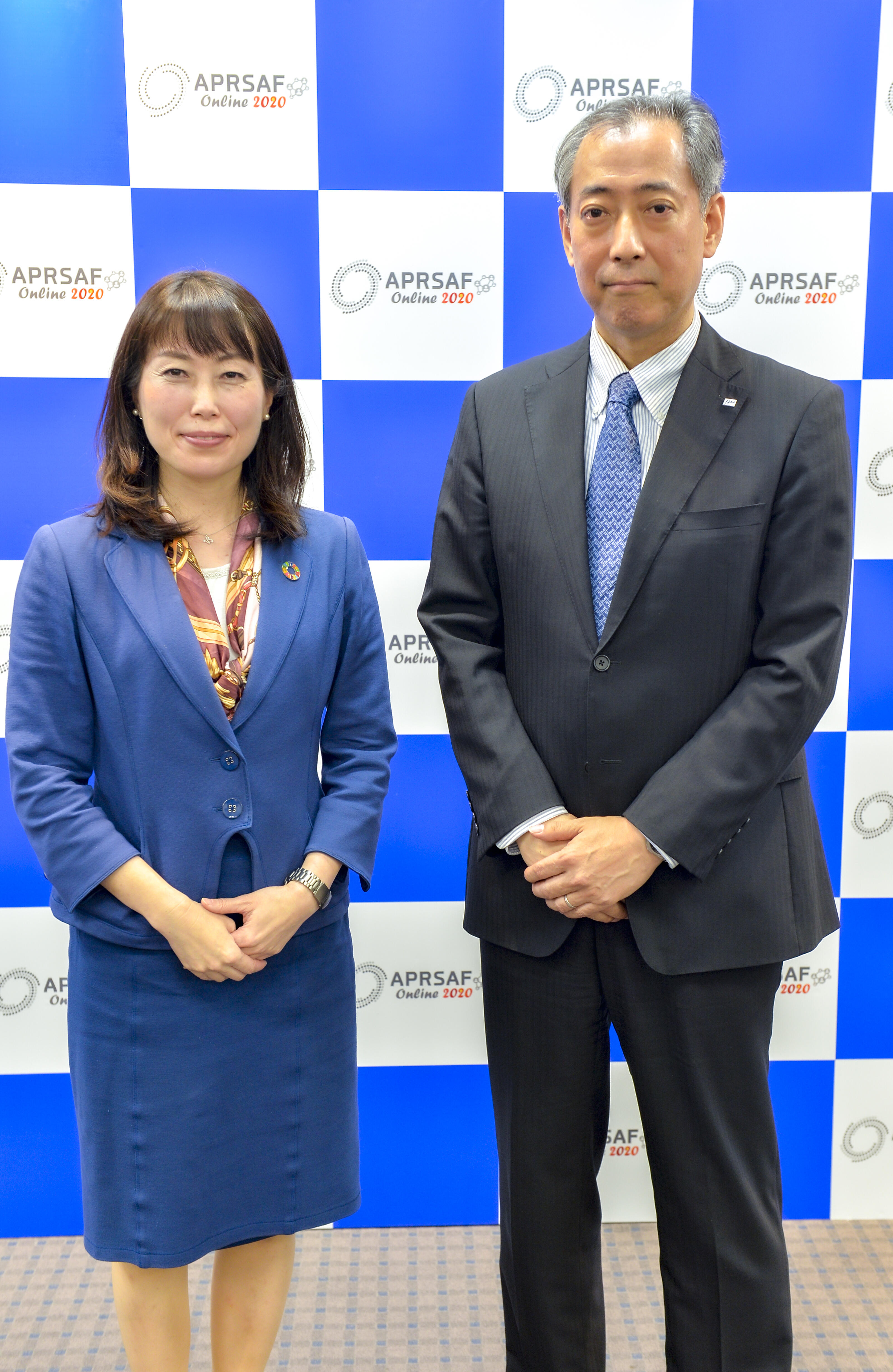
Dr. YAMAKAWA, JAXA President & |
Dec. 17, 2020 Updated
JAXA and NOAA signed Memorandum of Understanding for Global Observing Satellite Missions
|
On Friday, December 11, 2020, Mr. Terada Koji, Vice President of Japan Aerospace Exploration Agency (JAXA), and Dr. Stephen Volz, Assistant Administrator for Satellite and Information Services of the National Oceanic and Atmospheric Administration (NOAA), signed the Memorandum of Understanding regarding the Cooperation For Global Observing Satellite Missions. 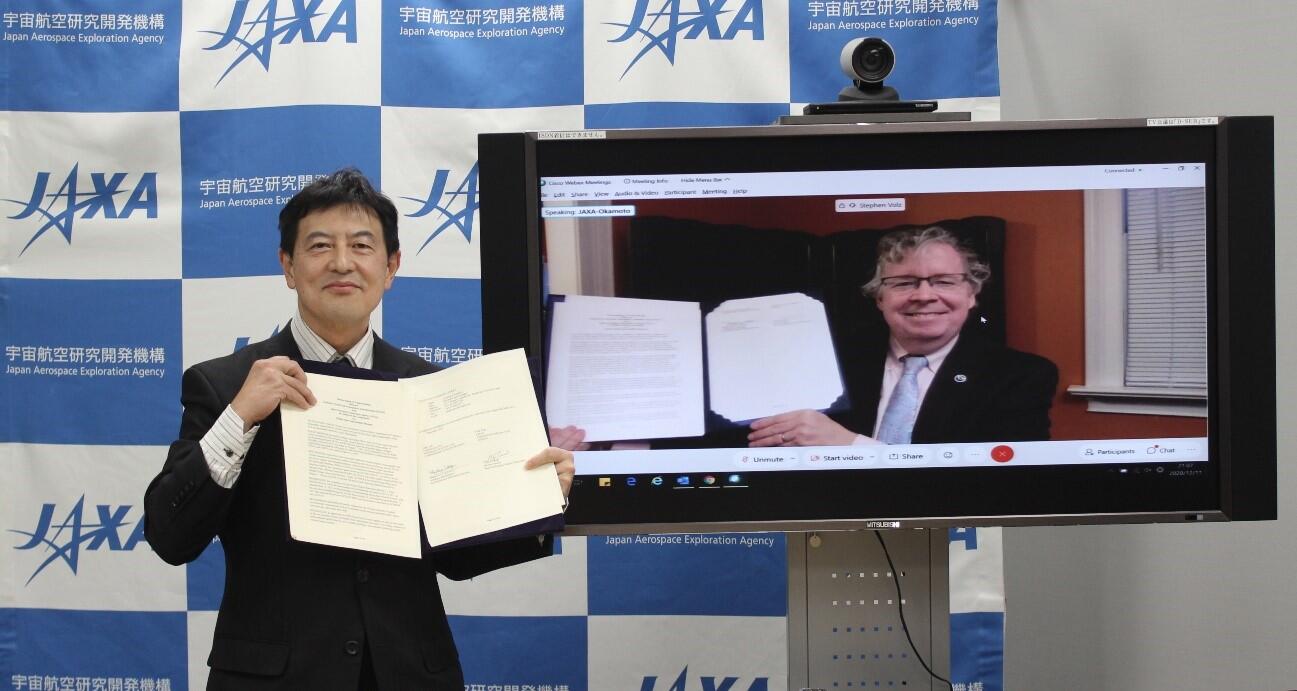 Considering international cooperation on Earth observation satellites, many people think of cooperation in satellite data utilization and research. Today, international cooperation on Earth observation satellites has expanded to joint satellite development with overseas space agencies, direct data transmission from a satellite to ground stations in every corner of the world and data processing and distribution to global and regional end-users.
One of the purposes of this new MOU is to extend the current cooperative activity into the future with the new generation Global Observing SATellite for Greenhouse gases and Water cycle (GOSAT-GW) (scheduled to be launched in JFY2023- April 1, 2023-March 31, 2024).
JAXA’s Advanced Microwave Scanning Radiometer (AMSR) data are used to improve the accuracy of hurricane forecasts and to enhance capability to monitor climate change such as sea surface temperature and polar sea ice extent. The data also provide all-weather sea surface temperature and soil moisture information. With the signing of this new MOU, the successful partnership between JAXA and NOAA will be in place for nearly 20 years. At the online signing ceremony, Dr. Stephen Volz said, “AMSR series is an excellent example of JAXA’s technical expertise and Earth Observation capability, AMSR series data are critical for global weather forecasting by NOAA and by weather centers worldwide. We appreciate JAXA’s efforts to continue the availability of these vital data. The long-term availability of the data are also valuable for climate monitoring. NOAA certainly has benefitted from the relationship with JAXA in the past and looks forward to continuing the partnership for the GOSAT-GW satellite in the future. Mr. Terada replied, “I would like to thank NOAA and the US community for supporting the AMSR mission, and JAXA welcomes continuous cooperation for GOSAT-GW.” In the field of Earth observation, JAXA will continue to explore the possibility for efficient and coordinated monitoring of the global environment in cooperation with international partners in all phases such as satellite development, operation and utilization. 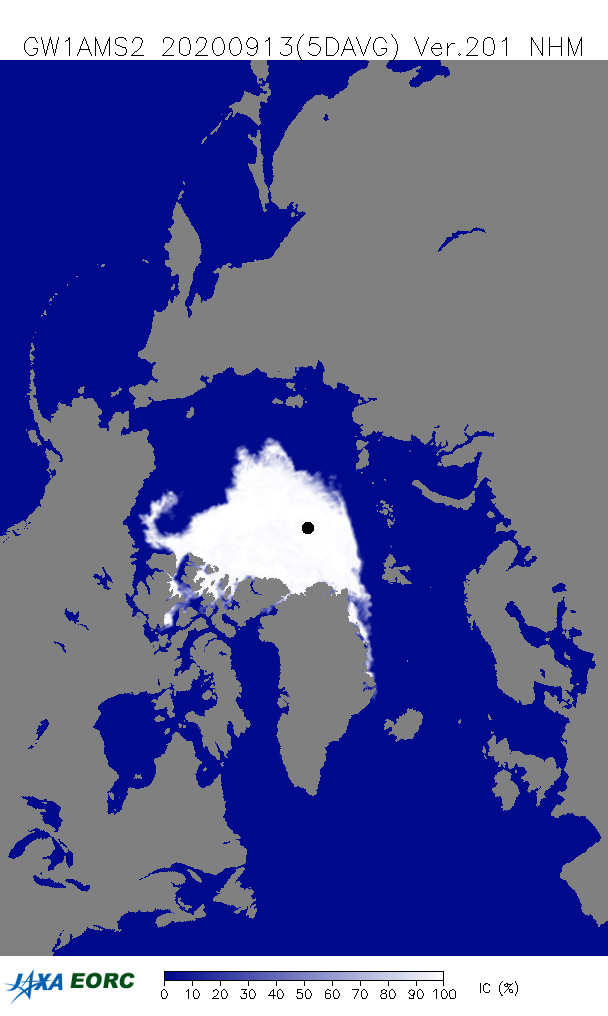
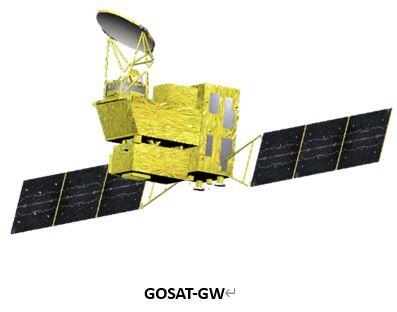
Click Here "NOAA" For More Info. |
Dec. 7, 2020 Updated
Gas sampling from the Hayabusa2 sample container
|
This morning (December 7), the recovery team confirmed that the re-entry capsule was properly sealed and completed the gas sampling work. Although we analyzed the collected gas and evaluated the data, we have not yet determined whether it originates from the sample from Ryugu. A detailed analysis will continue in Japan. 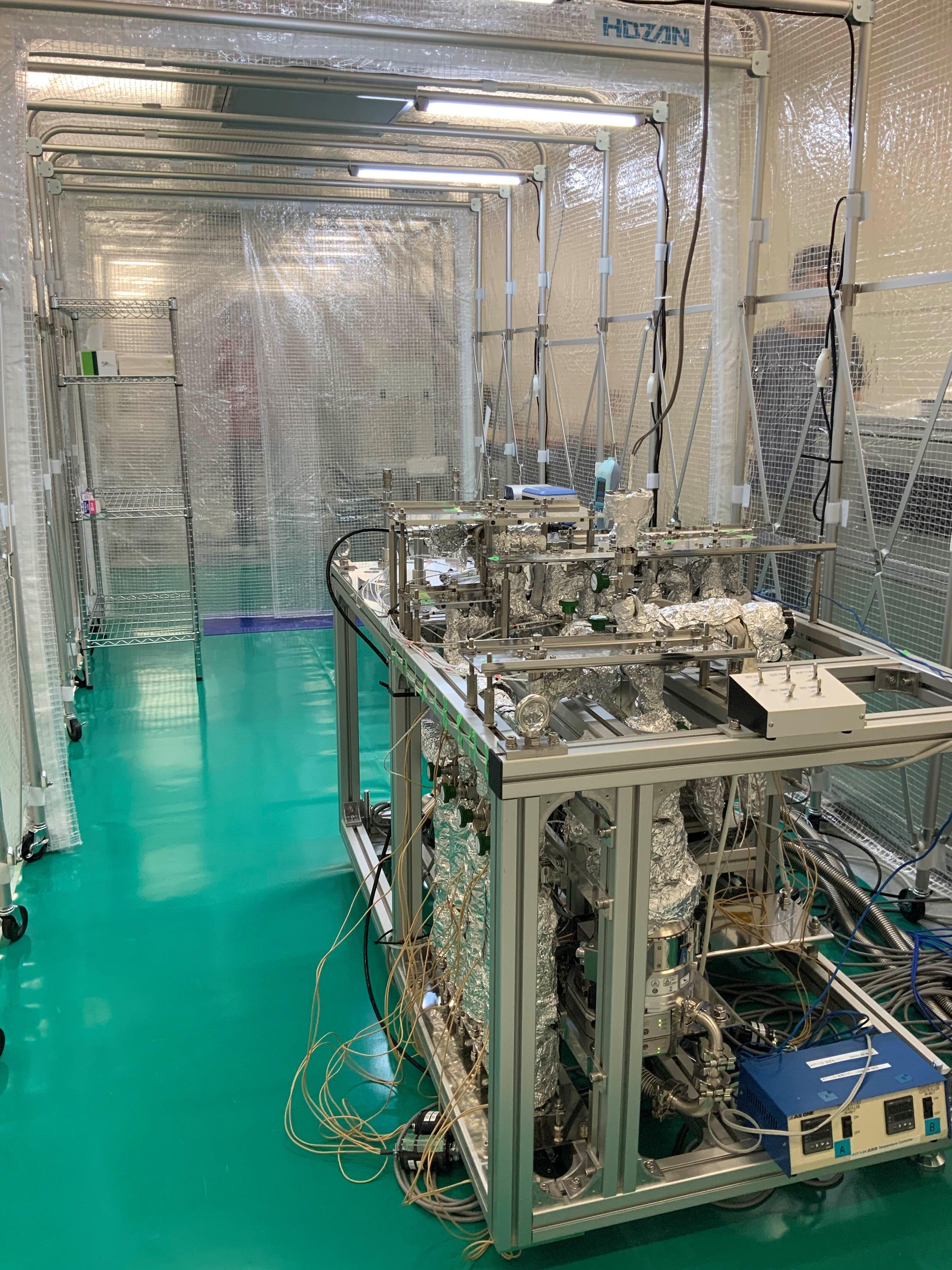
Equipment brought to Australia for gas analysis.
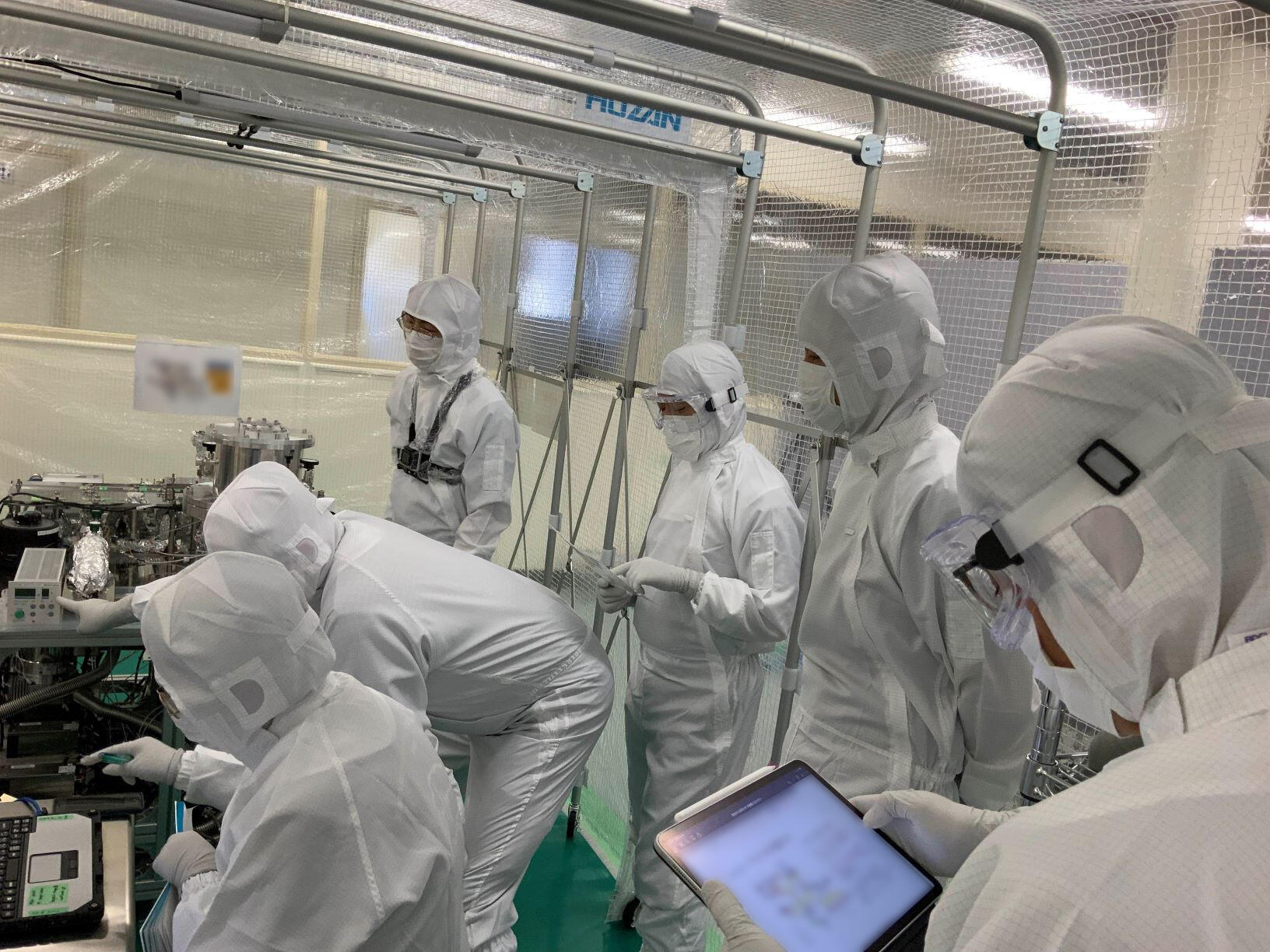
After the completion of the set-up of the clean booth, a test run is underway.
|
Dec. 6, 2020 Updated
Completion of Transportation of Hayabusa2 Re-entry Capsule to QLF
|
The helicopter carrying Hayabusa2 re-entry capsule arrived at the Quick Look Facility (QLF) at 8:03 December 6, 2020 (JST). 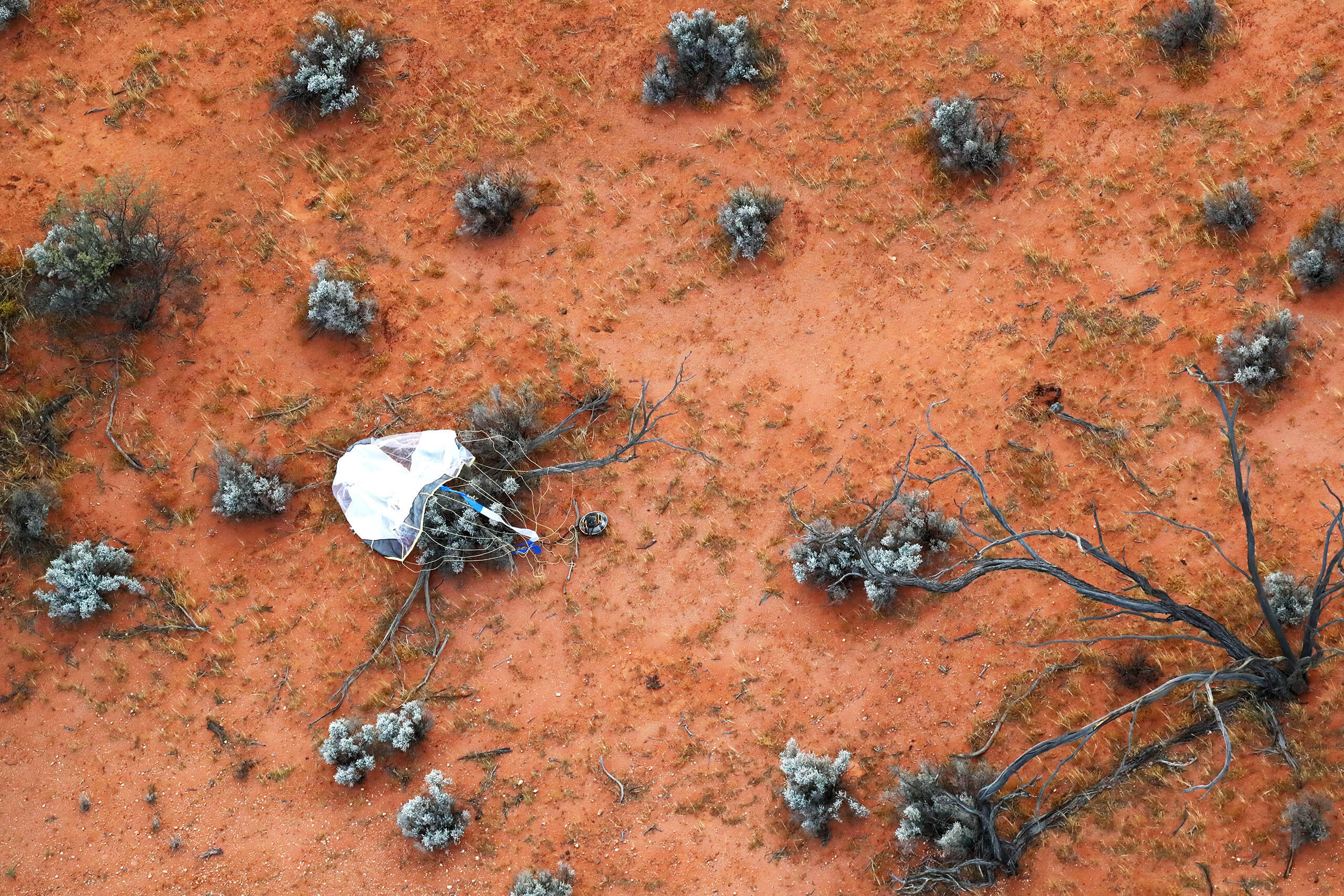
Re-entry capsule collection |
Dec. 6, 2020 Updated
Result of Hatabusa2 Re-entry Capsule Search
|
Hayabusa2 re-entry capsule re-entered the atmosphere at around 2:28 a.m. on December 6, 2020 (JST). The Japan Aerospace Exploration Agency (JAXA) searched for the capsule by helicopter and located its landing site in WPA, Australia at 4:47 December 6, 2020 (JST). 
Fireball taken from Coober Pedy 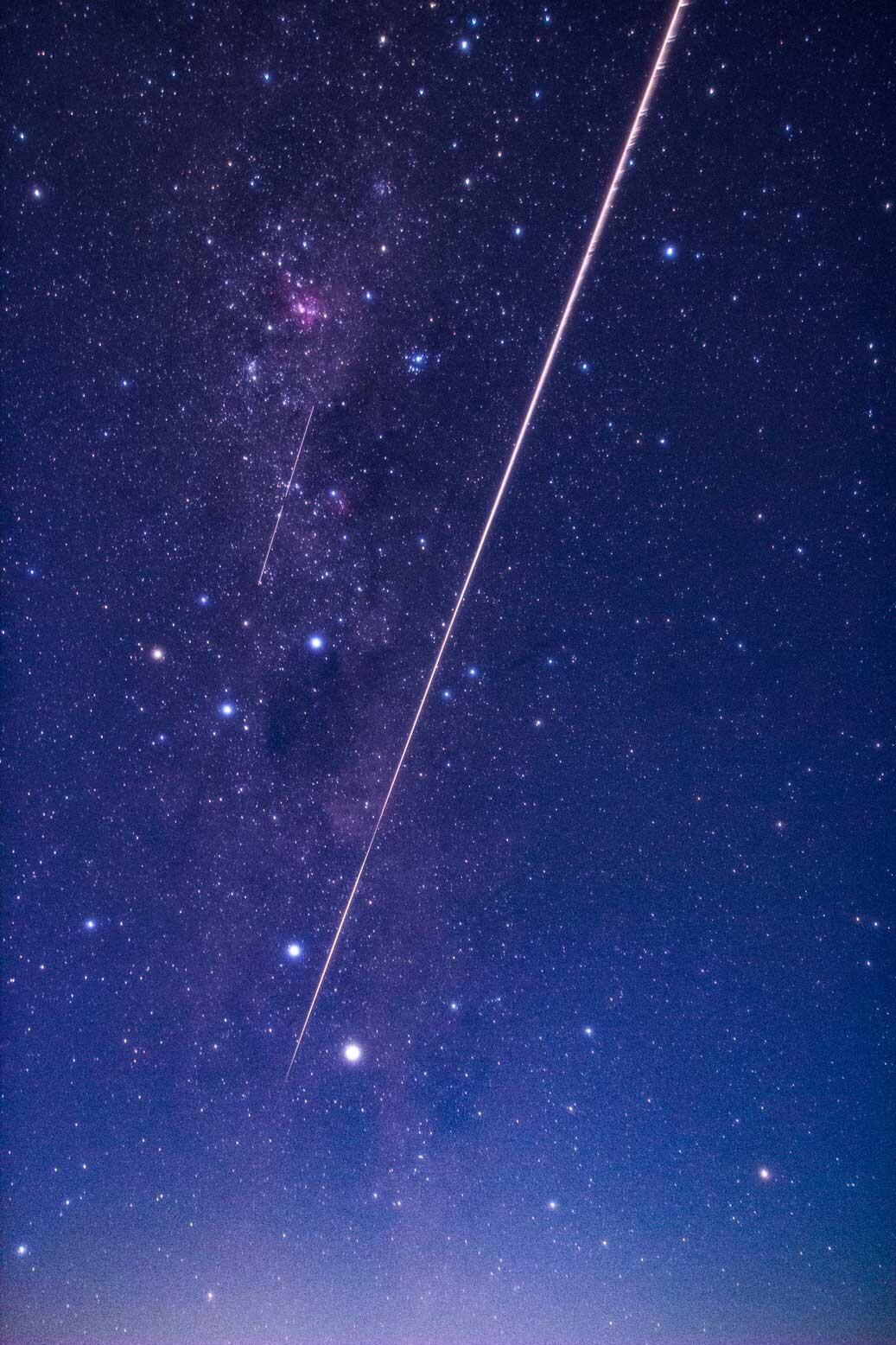
Fireball taken from Coober Pedy 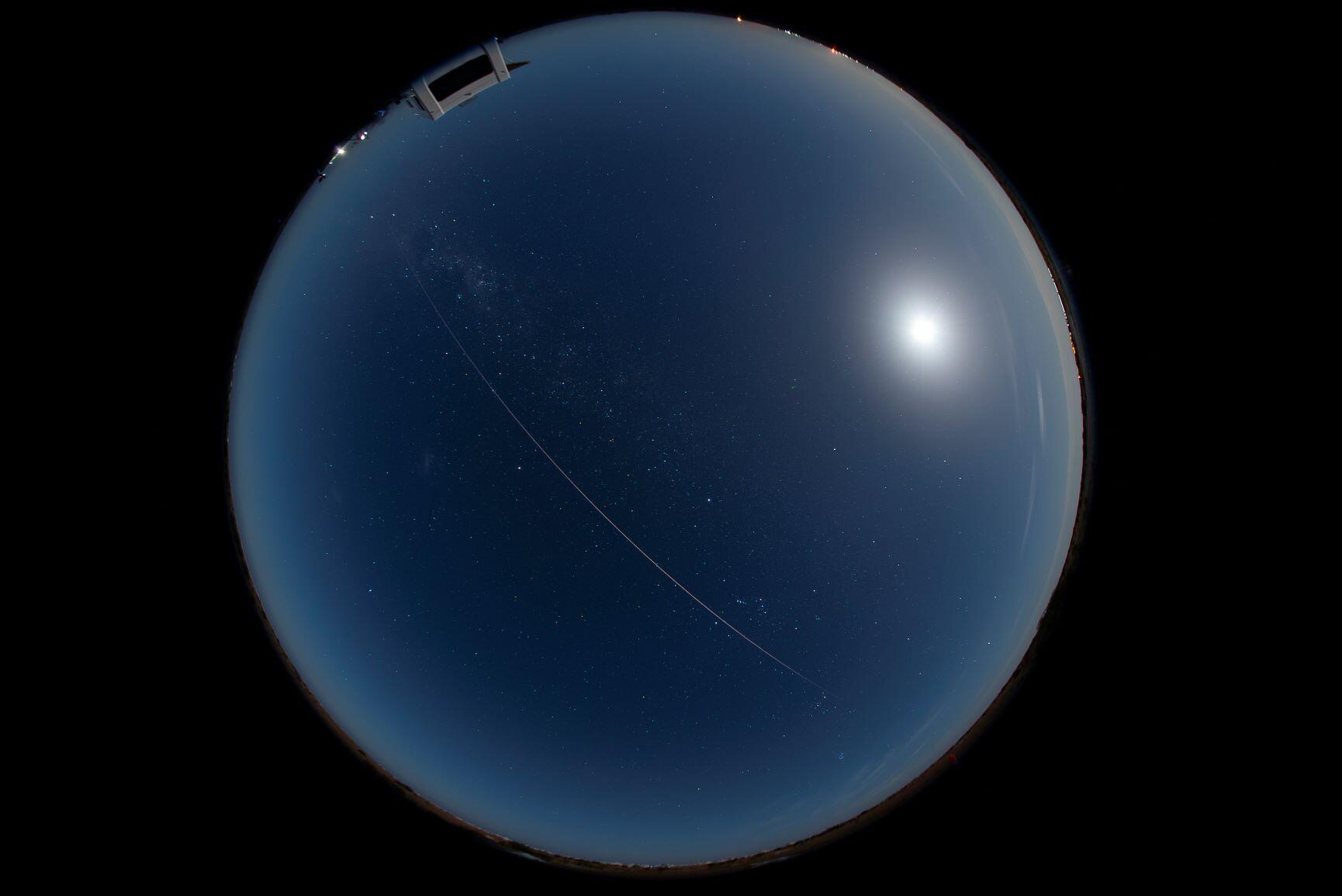
Fireball taken from Coober Pedy 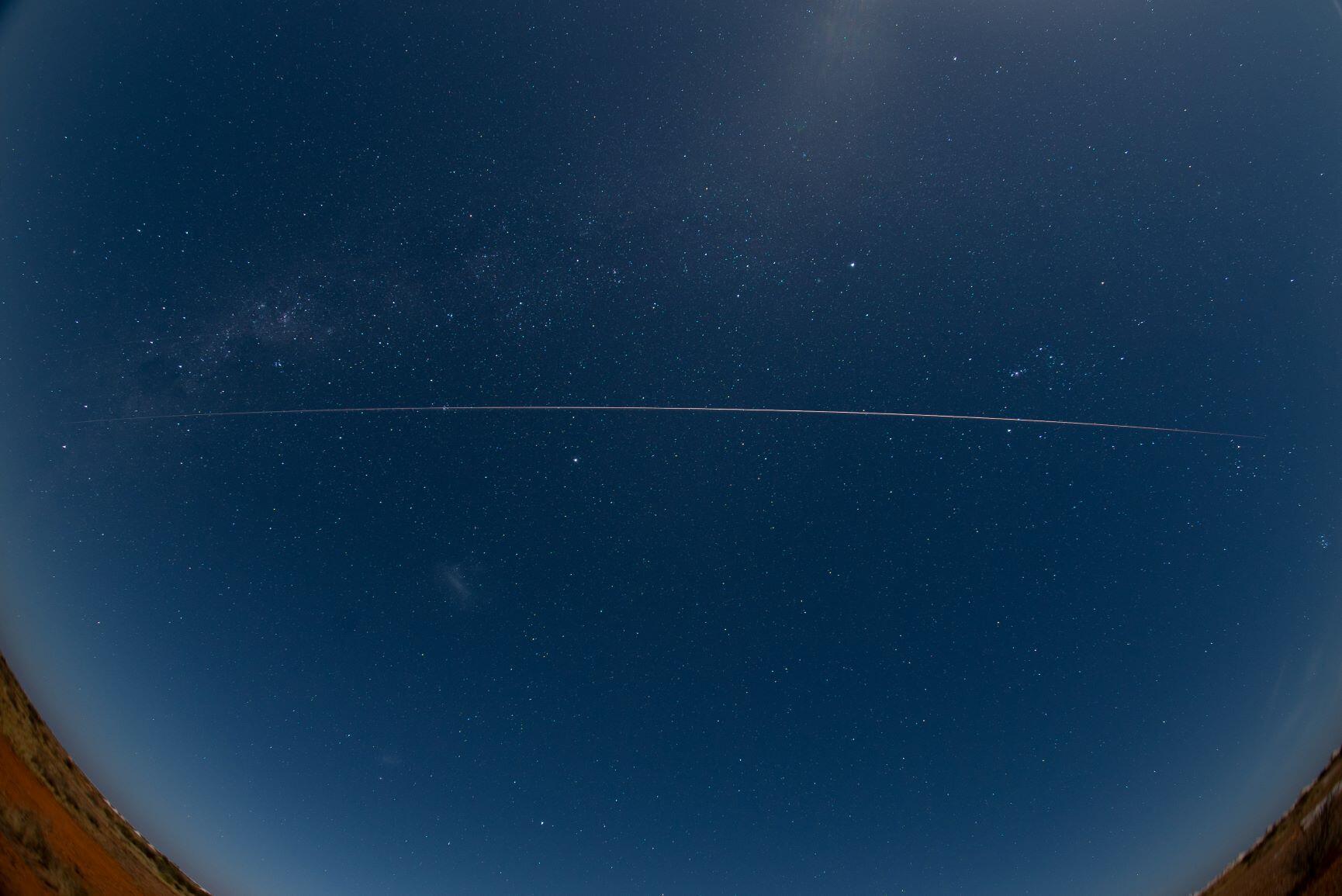
Fireball taken from Coober Pedy 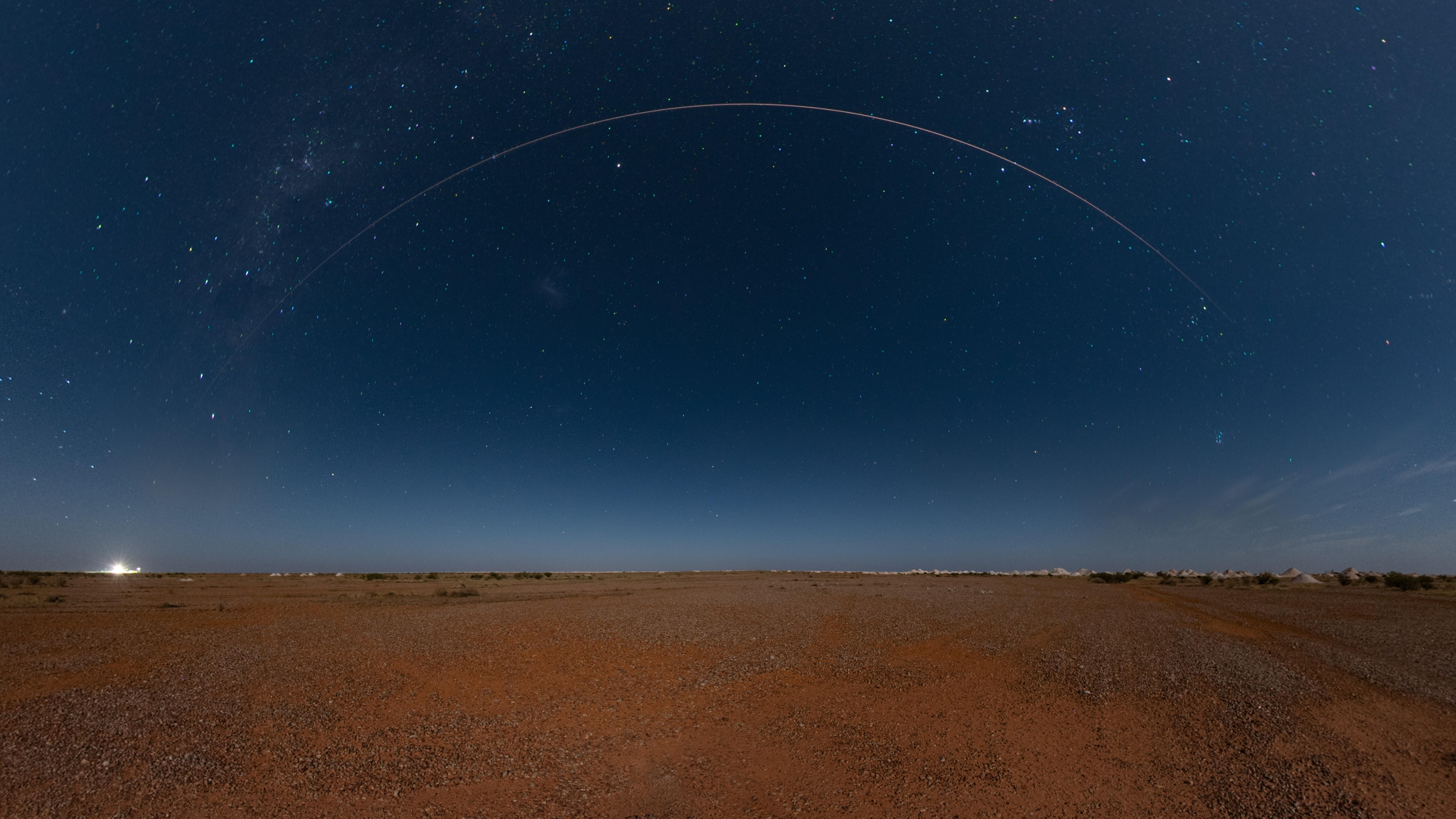
Fireball taken from Coober Pedy |
Dec. 5, 2020 Updated
Successful Separation of Hayabusa2 Re-entry Capsule
|
It was confirmed from telemetry and Doppler data that Hayabusa2 re-entry capsule separated from the Hayabusa2 spacecraft as planned at 14:35 on December 5, 2020 (JST). |
November 2020
Nov. 13, 2020 Updated
Mr. Ishida won the 2020 GEO Individual Excellence Award
|
JAXA is proud to announce that Mr. Chu Ishida, Senior Expert at Satellite Applications and Operation Center (SAOC), Space Technology Directory I, won the 2020 GEO Individual Excellence Awards. This award is presented to individuals who have demonstrated exceptional personal commitment to the mission of the Group on Earth Observations (GEO) and whose work has had a tangible impact to improve our planet through Earth observations. 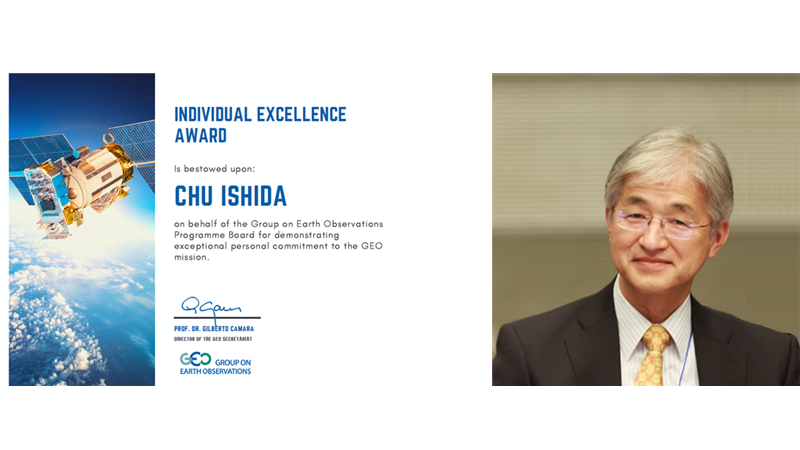
|
Nov. 12, 2020 Updated
DLR and JAXA Sign the Implementing Arrangement (IA) to collaborate on DESTINY⁺ mission (DESTINY⁺: Demonstration and Experiment of Space Technology for INterplanetary voYage with Phaethon fLyby and dUst Science)
|
On November 11, 2020, the German Aerospace Center (DLR) and the Japan Aerospace Exploration Agency (JAXA) have agreed to cooperate in the development of DESTINY⁺. Dr. Hitoshi Kuninaka, Vice President of JAXA and Dr. Walther Pelzer, Executive Board Members of DLR signed the Implementing Arrangement (IA) stating the cooperation. 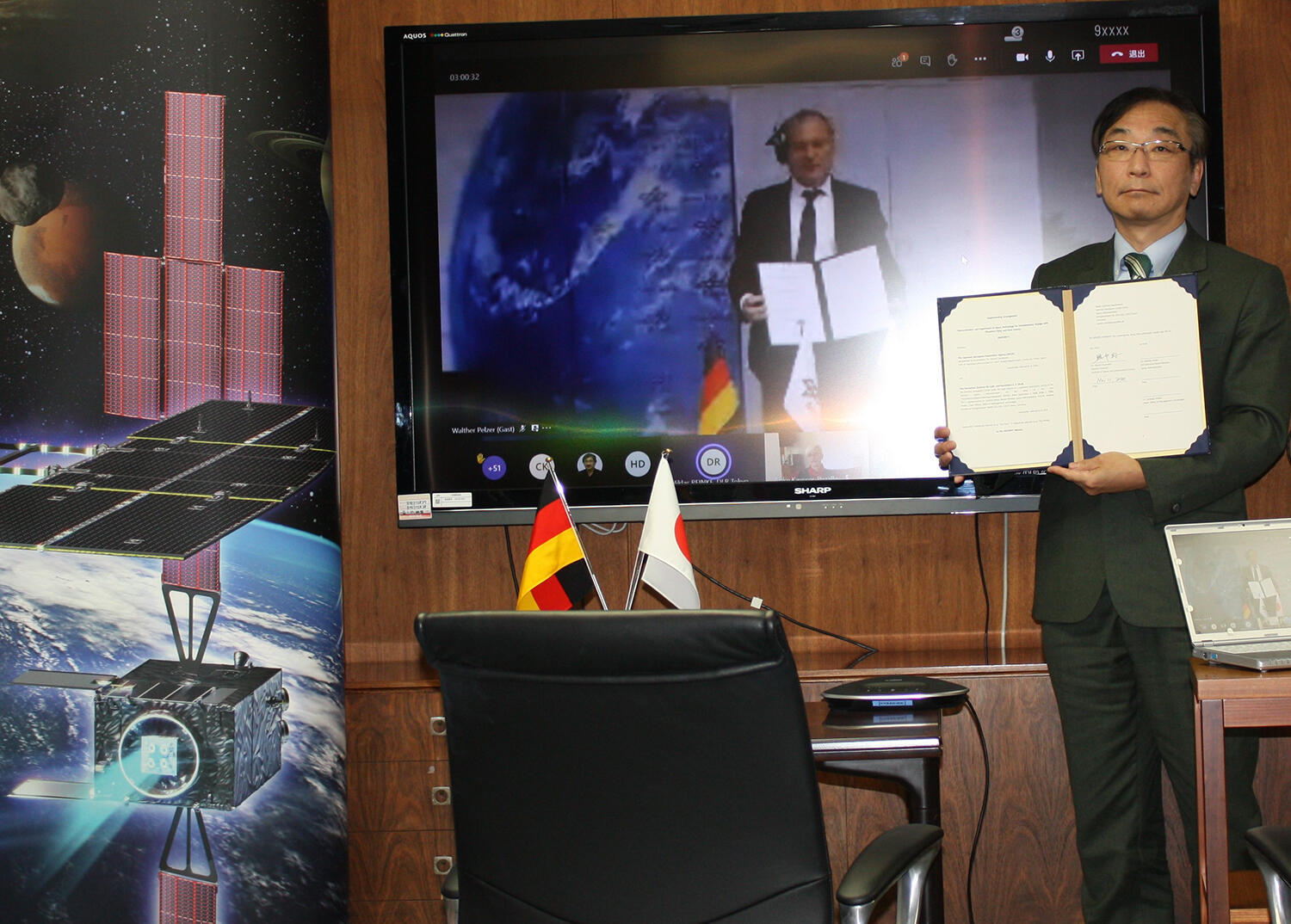
Combining science and engineering, DESTINY⁺ aims to realize; high speed flyby tracking imaging of the Geminids meteor shower parent body Phaethon, clarifying the facts of meteor shower parent body which is the origin of the dusts and the nature of dusts that are considered to be key sources of organic compounds to Earth by in-situ analyses of interplanetary and interstellar dusts, and demonstrating the technologies of small deep space explorer using Epsilon size rocket and ion engine. The IA stipulates that DLR will provide one of the main scientific instruments DDA (DESTINY⁺ Dust Analyzer), and JAXA will have the DDA onboard the explorer and flyby the asteroid Phaethon. |
October 2020
Oct. 19, 2020 Updated
JAXA and ASI Sign Memorandum of Cooperation (MOC)
|
Dr. YAMAKAWA Hiroshi, President of Japan Aerospace Exploration Agency (JAXA) and Mr. Giorgio Saccoccia, President of Italian Space Agency (ASI), signed a Memorandum of Cooperation (MOC) on October 16, 2020. This MOC succeeds to the spirit of cooperation framework between the two agencies commenced in 2010 and is intended to accelerate further collaboration. The signing ceremony was organized online between Tokyo and Rome. On the basis of this MOC, JAXA and ASI continue collaborative activities in areas such as (1) Space science and exploration, (2) Earth observation and related applications, (3) Space transportation, (4) ISS and related utilization. 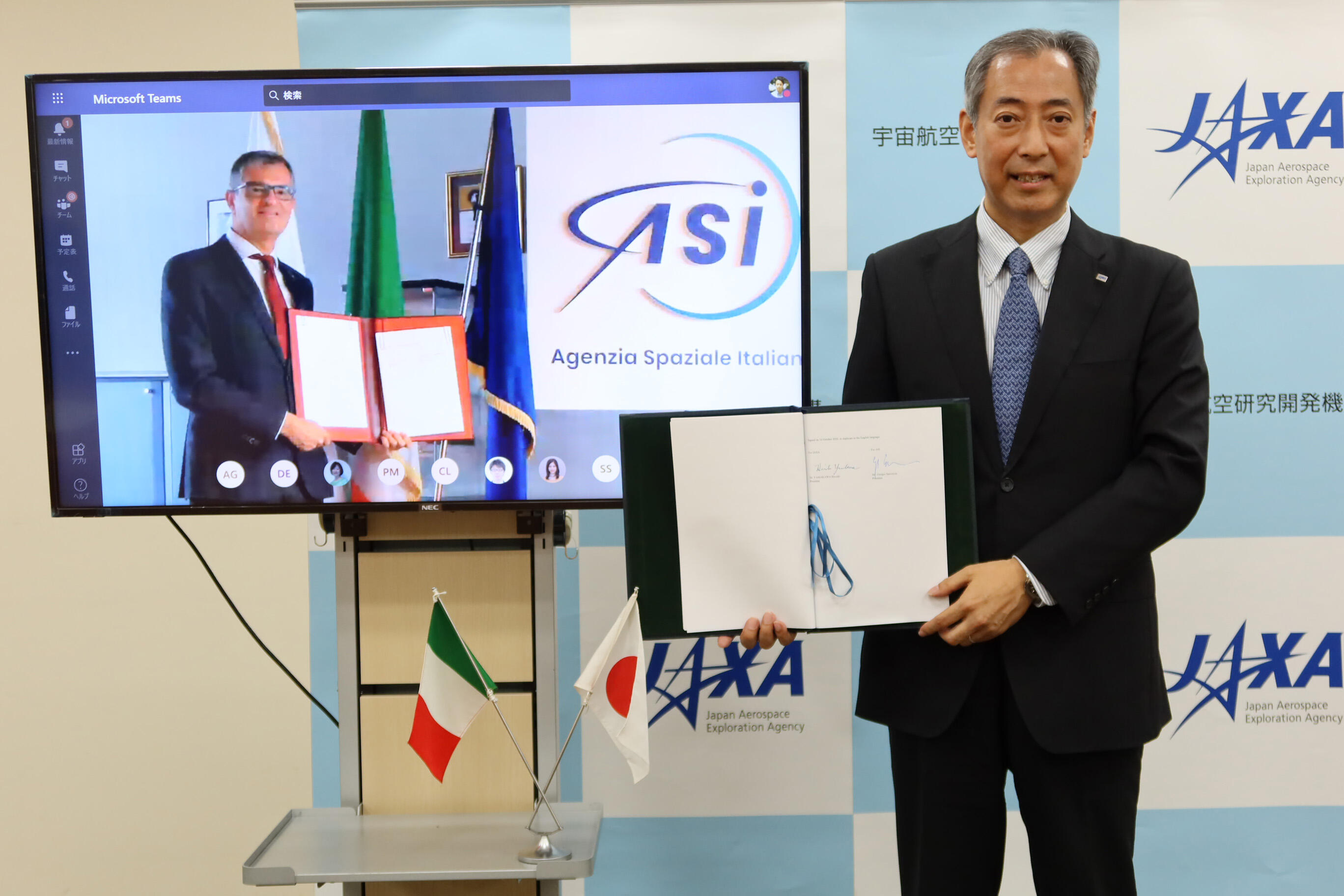
|
July 2020
Jul. 10, 2020 Updated
JAXA and ASA Sign Memorandum of Cooperation (MOC)
|
Dr. YAMAKAWA Hiroshi, President of Japan Aerospace Exploration Agency (JAXA) and Dr. Megan Clark, Head of Australian Space Agency (ASA), signed a Memorandum of Cooperation (MOC) on July 7, 2020. The Australian Ambassador to Japan, His Excellency Mr. Richard Court and Ambassador Extraordinary and Plenipotentiary to Australia, His Excellency Mr. TAKAHASHI Reiichiro were in attendance. The signing ceremony was organized online between Tokyo and Canberra. The conclusion of the MOC between JAXA and ASA was welcomed by the Prime Ministers of Japan and Australia during the Summit Meeting held on July 9, 2020. Based on this MOC, JAXA and ASA will consider cooperation in areas such as (1) space applications, (2) space technologies, (3) space environment utilization, (4) space science and space exploration and (5) space education and outreach. Through further cooperation in the space field between Japan and Australia, JAXA and ASA, as significant partners, will contribute to invigorating space-related activities in the Asia-Pacific region. 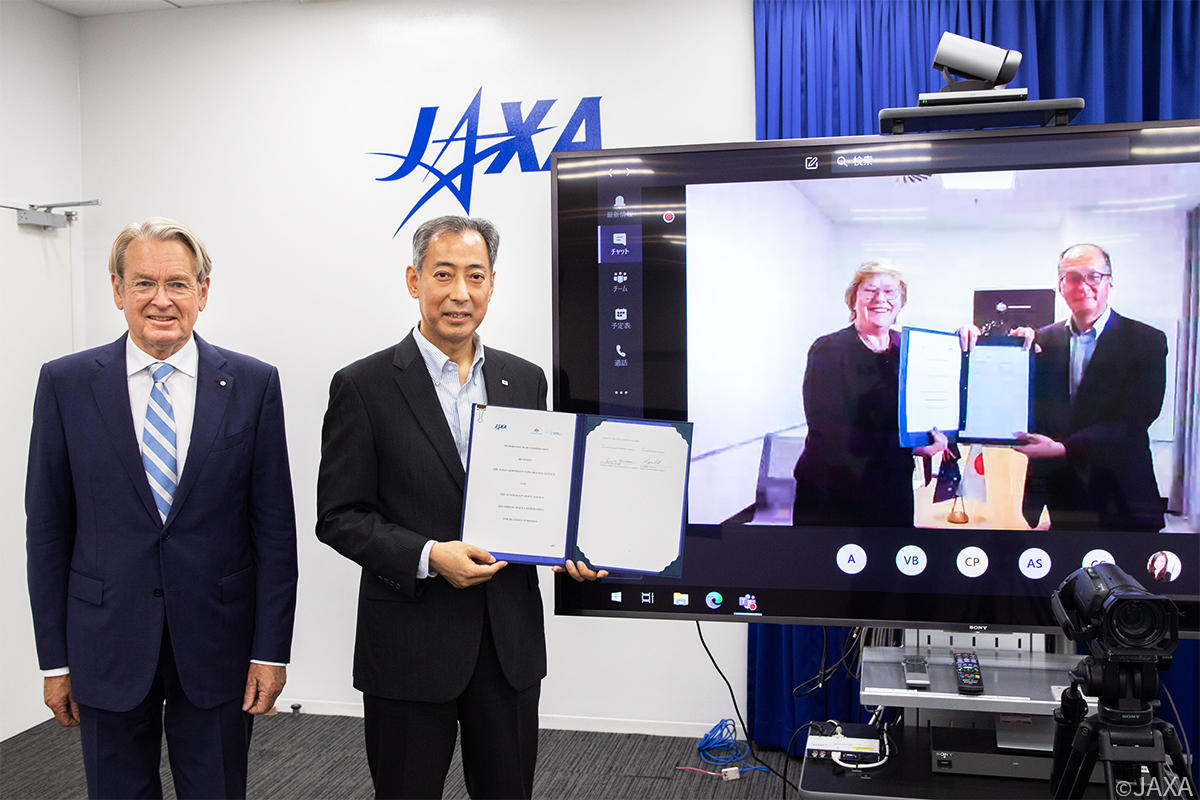
|
May 2020
May 22, 2020 Updated
[HAYABUSA2 PROJECT] Messages from our members overseas
|
When the start of the second ion engine operation on May 12 was announced to Hayabusa2 project members overseas, they showered the local team with messages! As the current situation with the novel coronavirus is creating difficult times worldwide, we would like to share these encouraging replies that uplifted the team here in Japan. |
![[HAYABUSA2 PROJECT] Messages from our members overseas](https://global.jaxa.jp/news/images/topics_20200522_hayabusa2.jpg)
|
|---|
May 21, 2020 Updated
Successful Launch of the H-II Transfer Vehicle "KOUNOTORI9" aboard H-IIB Launch Vehicle No. 9
|
At exactly 31 minutes and 00 seconds past 2 o’clock on the morning of May 21, 2020, the H-II Transfer Vehicle known as "KOUNOTORI9" (HTV9), the cargo transporter to the International Space Station (ISS), was launched aboard H-IIB Launch Vehicle No. 9 (H-IIB F9) from the JAXA Tanegashima Space Center. We express our sincere appreciation for all the frontline workers fighting coronavirus (COVID-19), the people in the Tanegashima Island, and all of you supporting for this launch.
|
March 2020
Mar. 9, 2020 Updated
Global Extreme Heavy Rainfall and Drought detected by GSMaP ∼ "JAXA Climate Rainfall Watch" website is now available∼
|
JAXA has been addressing global precipitation-related issues under the Global Precipitation Measurement (GPM) Mission by utilizing the 3D precipitation product "Dual-frequency Precipitation Radar (DPR)" onboard GPM core observatory and multi-satellite precipitation product "Global Satellite Mapping of Precipitation (GSMaP)". 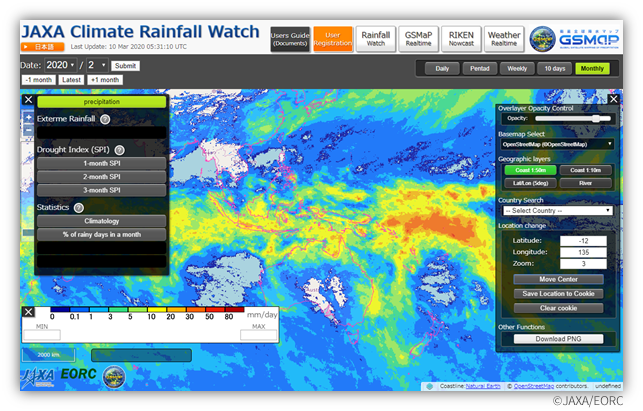
Fig.1 Graphical User Interface of the "JAXA Climate Rainfall Watch" website |
February 2020
Feb. 18, 2020 Updated
Massive bushfires in Australia seen from Space
|
Australia has naturally faced many droughts and bushfires, but conditions have been unusually severe this time. Sometime around September 2019, the bushfires continuously occurred around the state of New South Wales in southeast Australia. The fires had been spreading on a larger scale, and a number of massive fires had merged into a "Mega Fire" that was out of control. The fires are unlikely to end entirely even at the end of January 2020. 
Figure 1 (left) Standardized Precipitation Index (SPI) in Australia calculated by GSMaP precipitation amount in a month (December 2019), (right)SPI calculated by GSMaP precipitation amount in three months (October-December 2019) in a same way. The relations between SPI value, the range of drought and frequency of phenomenon were classified by WMO (2012). In case SPI value becomes "-1.5 to -1.99", it indicates the situation of "Severe dryness" which happens "once in 20 years". In case SPI value becomes less than -2.0, it corresponds "Extreme dryness" which happens "once in 50 years". These condition shows the possibility of severe drought occurrence which leads to a big social impact. |

